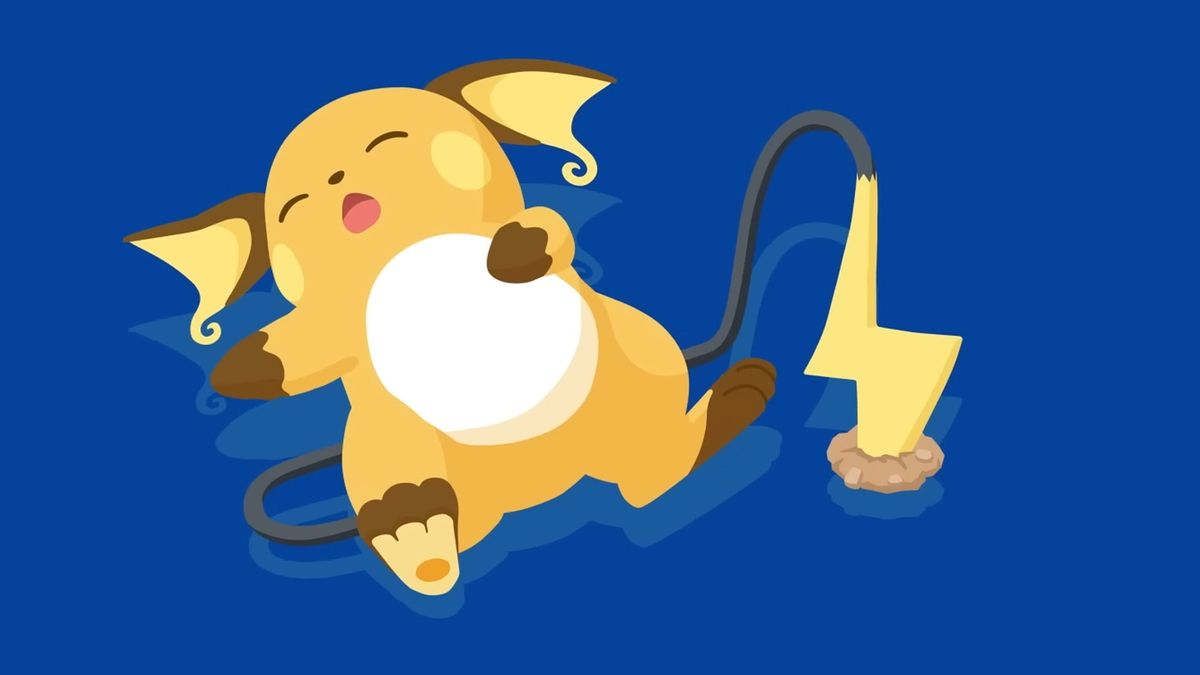The popular adorable sleep app and Pokémon Go companion Pokémon Sleep is getting a much-requested feature. Until now, Pokémon Sleep relied on a phone’s motion sensor and microphone to detect sleep duration and quality: the higher quality sleep you get, the more Pokémon are drawn to your restful vibes. However, a recent official announcement declared that you can finally sync the app to your best smartwatch or Fitbit.
The news was announced by a video (embedded below) featuring a Dratini and a Chikorita curling around a wrist, among other adorable Pokémon animations that I don’t recognize (having only played the first few generations, obviously).
The Pokémon Sleep website lists compatible devices, including all Apple Watches from the Apple Watch Series 3 onwards, all Samsung Galaxy Watches, the Samsung Galaxy Fit (but not the Fit E), and the Samsung Galaxy Ring.
All Google Pixel Watches are compatible, and many Fitbits: the incompatible ones are listed as “Fitbit Classic, Fitbit Ultra, Fitbit One, Fitbit Zip, Fitbit Flex, Fitbit Force, Fitbit Charge, Fitbit Charge HR, Fitbit Surge, Fitbit Alta, Fitbit Ace, Fitbit Ace 2, Fitbit Ace 3, Fitbit Inspire, Fitbit Ace LTE.”
Analysis: The Pokémon Company have been Slowpokes
This compatibility feature seemed obvious from the get-go, perhaps even from launch. However, while we imagine many adult Pokémon fans will use the app as an incentive to get a good night’s sleep, many children (Pokémon’s original target audience) will also do so.
Kids won’t always have access to a smartwatch, so it didn’t necessarily matter that Pokémon Sleep launched without smartwatch accessibility. However, given that most of the best sleep trackers are wrist-based (or even now finger-based with the advent of smart rings), it made sense to add compatibility eventually.
Most of the big players have compatibility here: Apple, Google, Samsung, and so on, but one thing missing is the Fitbit Ace LTE. The only child-focused smartwatch, it only launched last month – but then again, so did the Galaxy Ring. So, I wonder why the Ace LTE didn’t make the cut.


